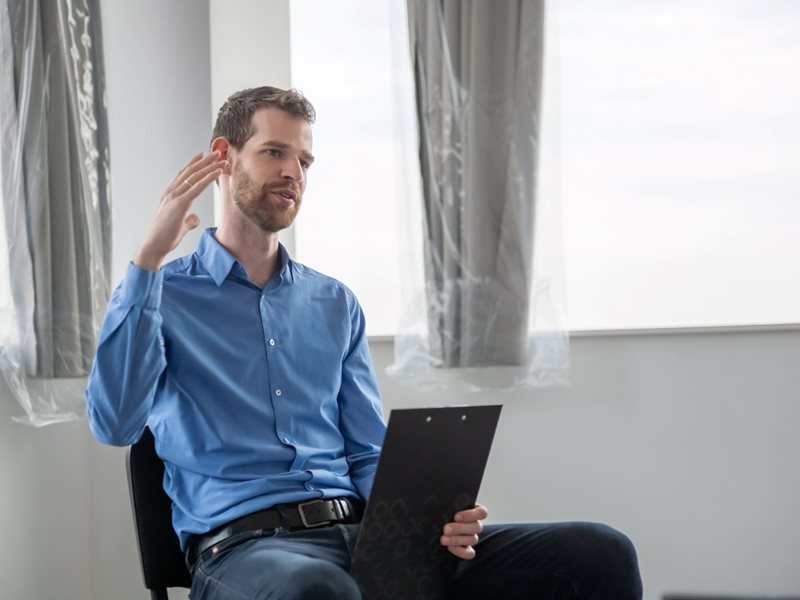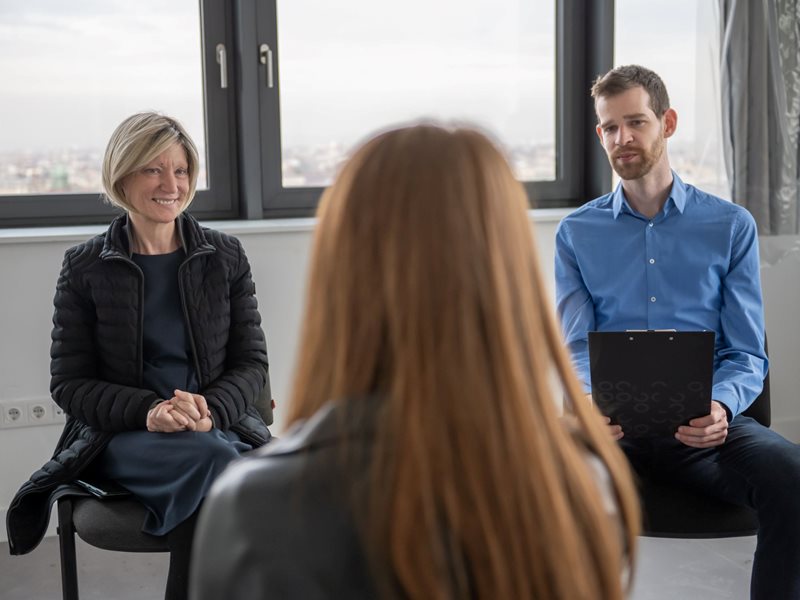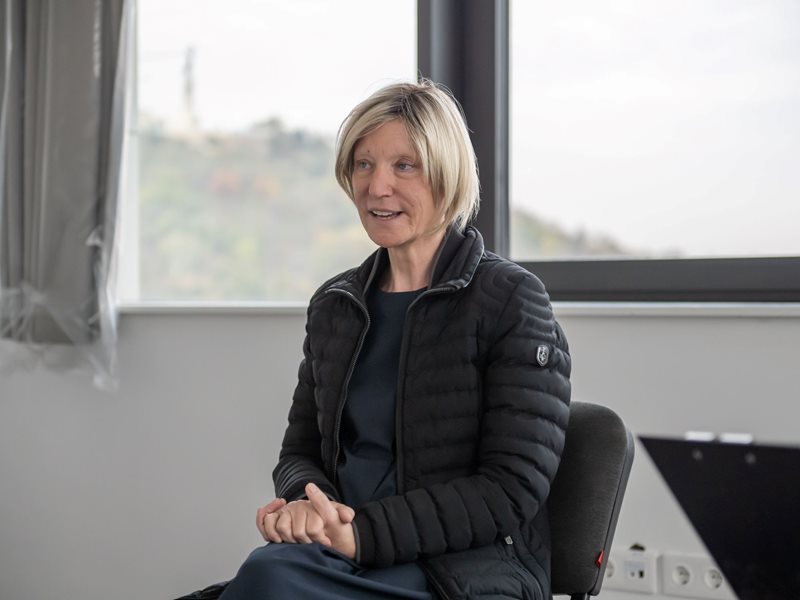Gellért Campus: The most sustainable educational building in the country
_20231120104255_0.jpg)
What role did sustainability play in the construction process?
“When the first concept plans were drawn up, the building was not yet a near-zero emission building. The foundation wanted to make this sustainability aspect as important as possible, so it decided to order further studies to look at how the building could be made even more energy efficient, and then to carry out a minor redesign, the foundation provided the necessary missing funds,” says Kriszta Somfai, who has coordinated the construction of the campus since 2021 from the Maecenas Universitatis Corvini Foundation.
“Energy efficiency is a very important part of sustainability, and this has been a particular focus of the investment.
And energy efficiency starts with reducing energy demand.

By using the building envelope and other passive design tools, we have been able to significantly reduce the energy demand for heating and cooling the building, and the energy required afterwards is provided in the most sustainable way possible. That’s how the soil probe system and the solar panel system were built,” says Barnabás Herényi, who is responsible for the technical implementation and LEED consulting with the Óbuda Group.
“However, sustainability extends beyond energy efficiency to many other areas, such as land use. The campus area is designed with drought-tolerant plants that require much less water, use less water for irrigation, and provide a much richer, more biodiverse plant area. A sustainable approach extends to transport solutions, with a fairly substantial cycling infrastructure on campus, with storage, changing rooms, showers; electric car chargers will be installed in the car park. Water efficiency is an important consideration, both indoors and outdoors, with hand-washing taps and toilets using significantly less water than an average building.

Sustainability also extends to waste management. The infrastructure for selective waste collection will be in place from the start, but it was also important during the construction phase to ensure that as high a percentage as possible of the demolition and construction waste generated here are recycled. This is constantly monitored, with waste collectors confirming what percentage of waste they have managed to dispose of. There was a strong emphasis on getting as much natural light in the indoor spaces as possible, and consequently to minimise the need for artificial lighting. In addition, there is a very large amount of fresh air entering the building, which is properly filtered, so there are far fewer harmful substances.”
What does it take to get LEED Gold certification?
B.H.: LEED is the most widely used green building rating system in the world. The certification is carried out by an external, independent, US-based organisation, which ensures that LEED-certified buildings are verified as having been constructed with sustainable aspects in mind – which is why LEED is a widely accepted, high value certification in the professional community. To obtain certification, you must meet strict requirements in each of the areas mentioned above and provide detailed supporting documentation to the certification body. The second highest rating level available, Gold, was targeted for the project.
K.S.: We work from the very beginning to make sure that the investment achieves this. This is expected to happen by next autumn.
What were the challenges of designing an old building into a LEED Gold certified building?
K.S.: Since only the structure of the building was left, everything that was important for energy efficiency, the outer shell of the building, the mechanical systems, the electrical network, everything was rebuilt, and it was easy to go for the best and most modern solutions.

B.H.: What may be important to say is that it is fundamentally more sustainable to renovate an existing building than to start from scratch. This saves a lot of waste, energy and building materials. Nevertheless, the existing support structure – i.e., the orientation and massing – imposed certain constraints on the design, and the designers had to produce the best possible designs within these constraints.
How common are LEED Gold certified buildings in Hungary?
B.H.: There are now 9 or more LEED Gold certified new buildings in the country, and the Gellért Campus could be the 10th if it achieves certification at the right time.
And it will be the first educational institution in the country to achieve LEED Gold.
How can students contribute to sustainability on campus in their everyday lives?
K.S.: The building will be equipped with infrastructure for selective waste collection. If students are partners in using it consciously, it makes an important contribution to sustainability. Students will be able to choose between different lighting modes – and turn off the lights when they are not needed –, canteen charging points will be provided, and the campus will be equipped for cycling. So, the more aware students are, the more they help sustainability.
The opportunities are there to make it sustainable, but we also need students.